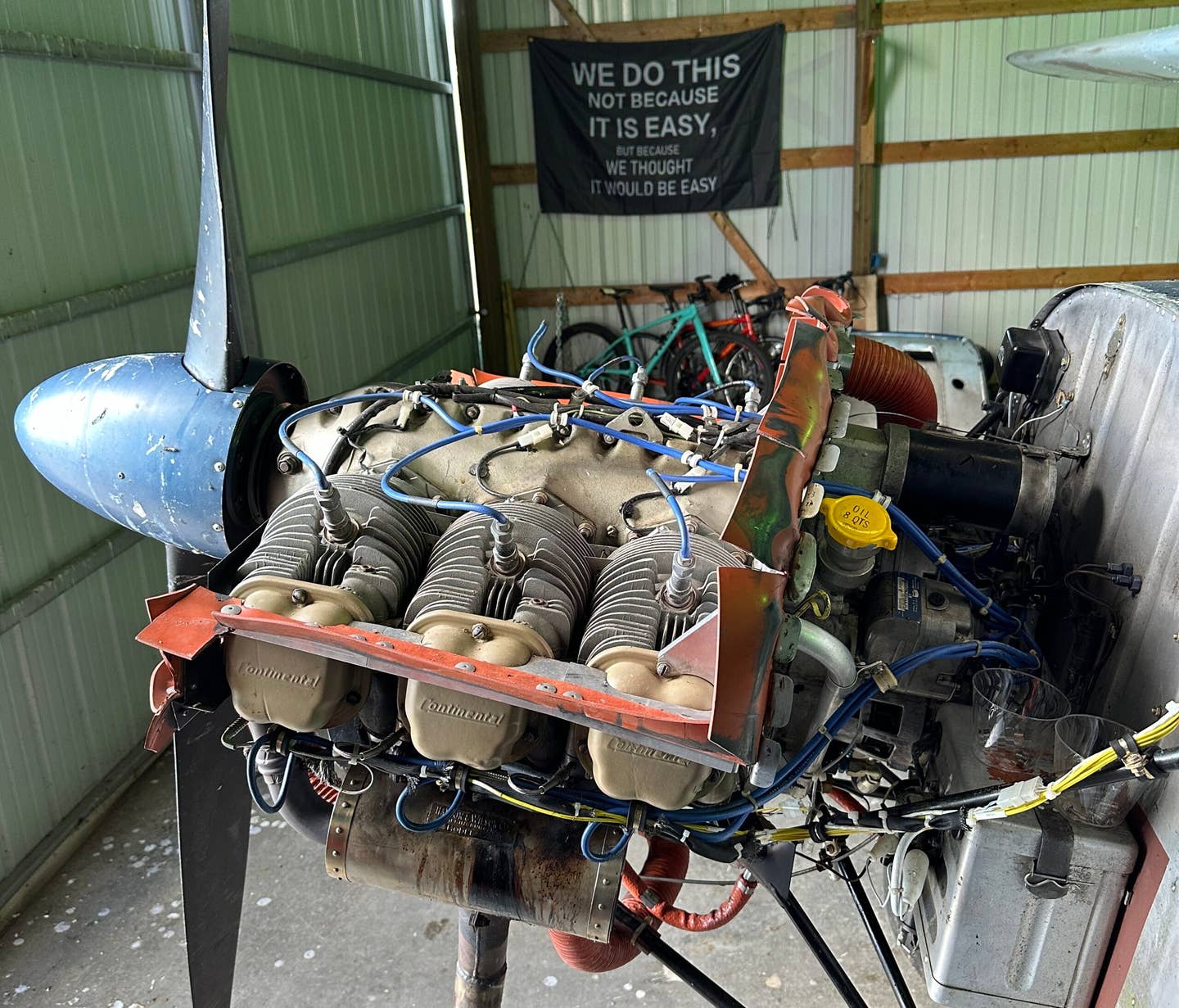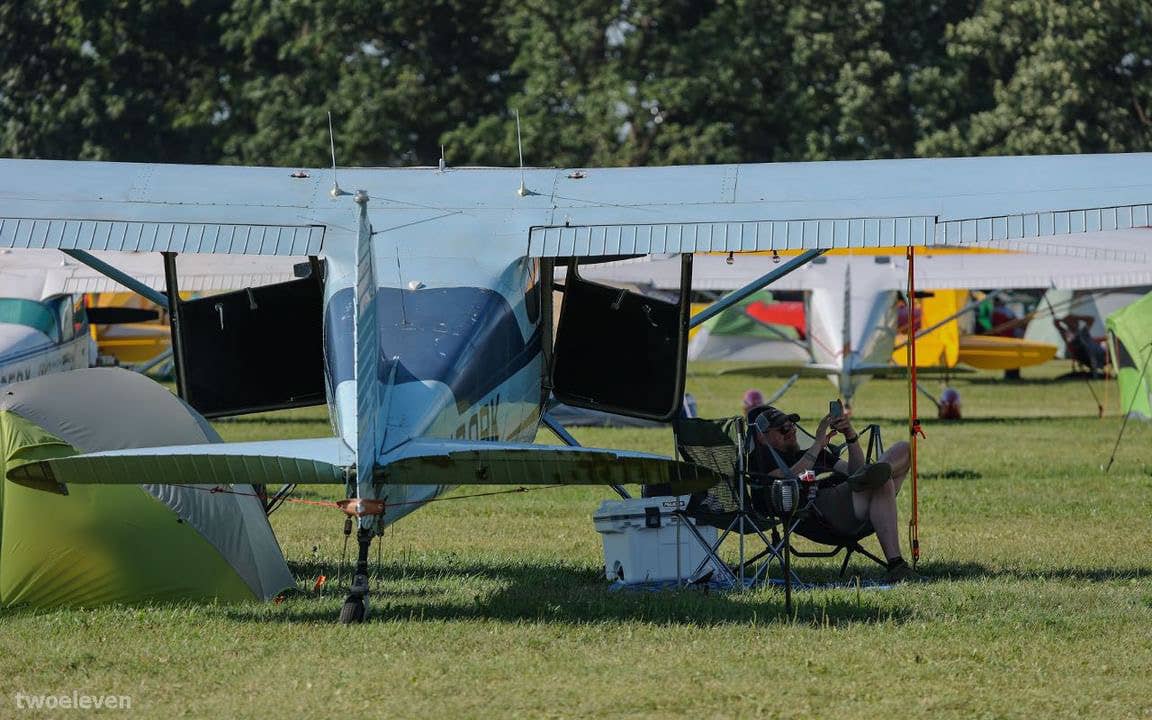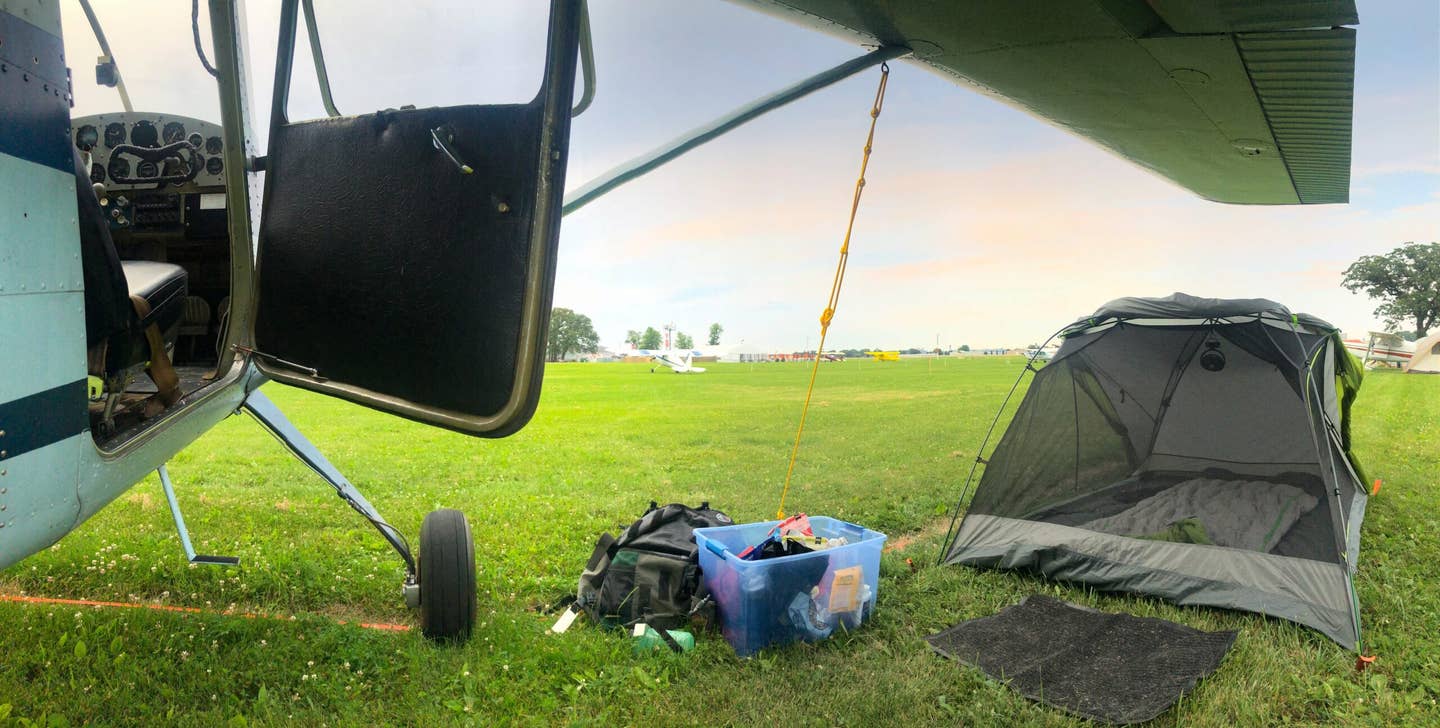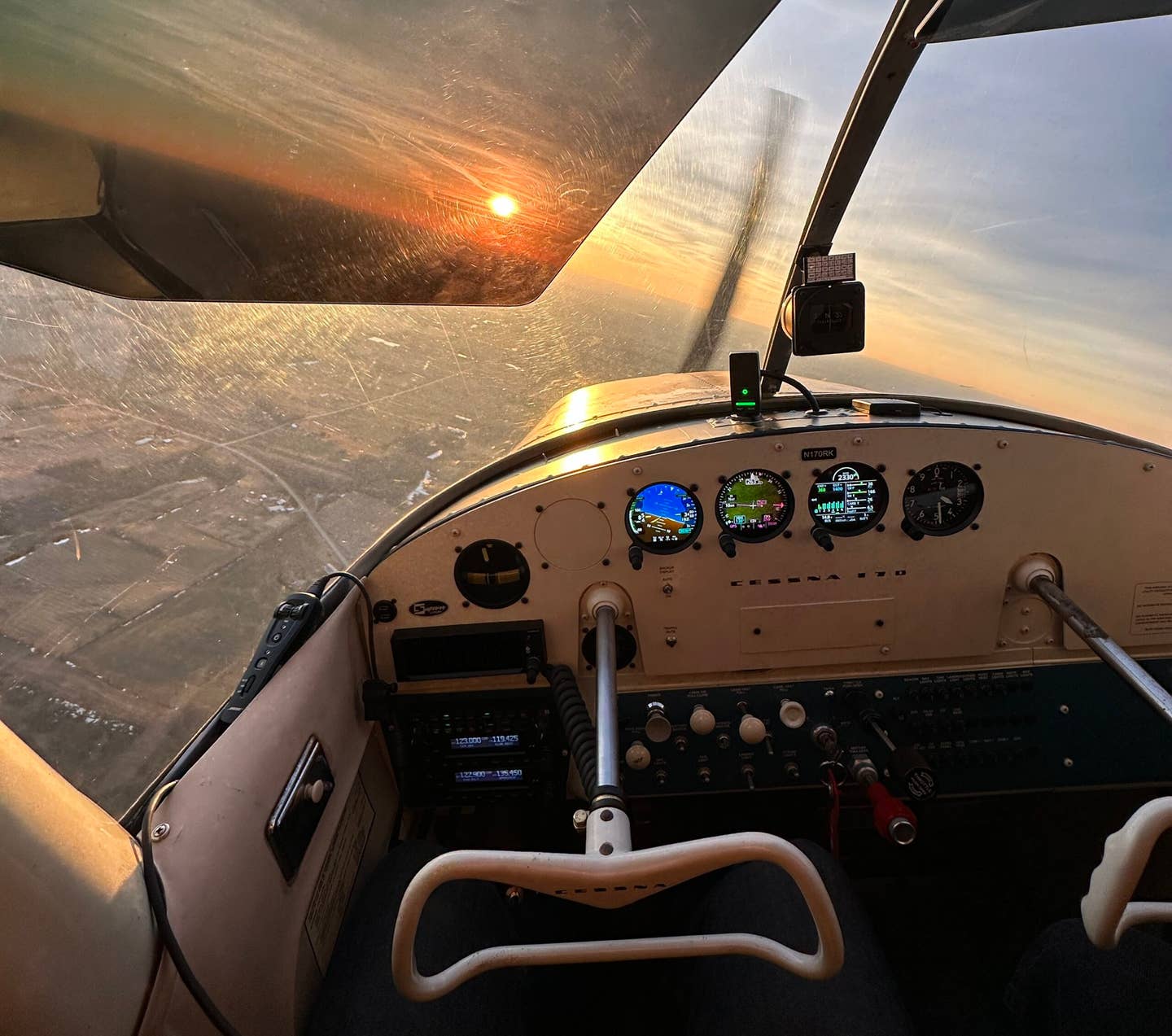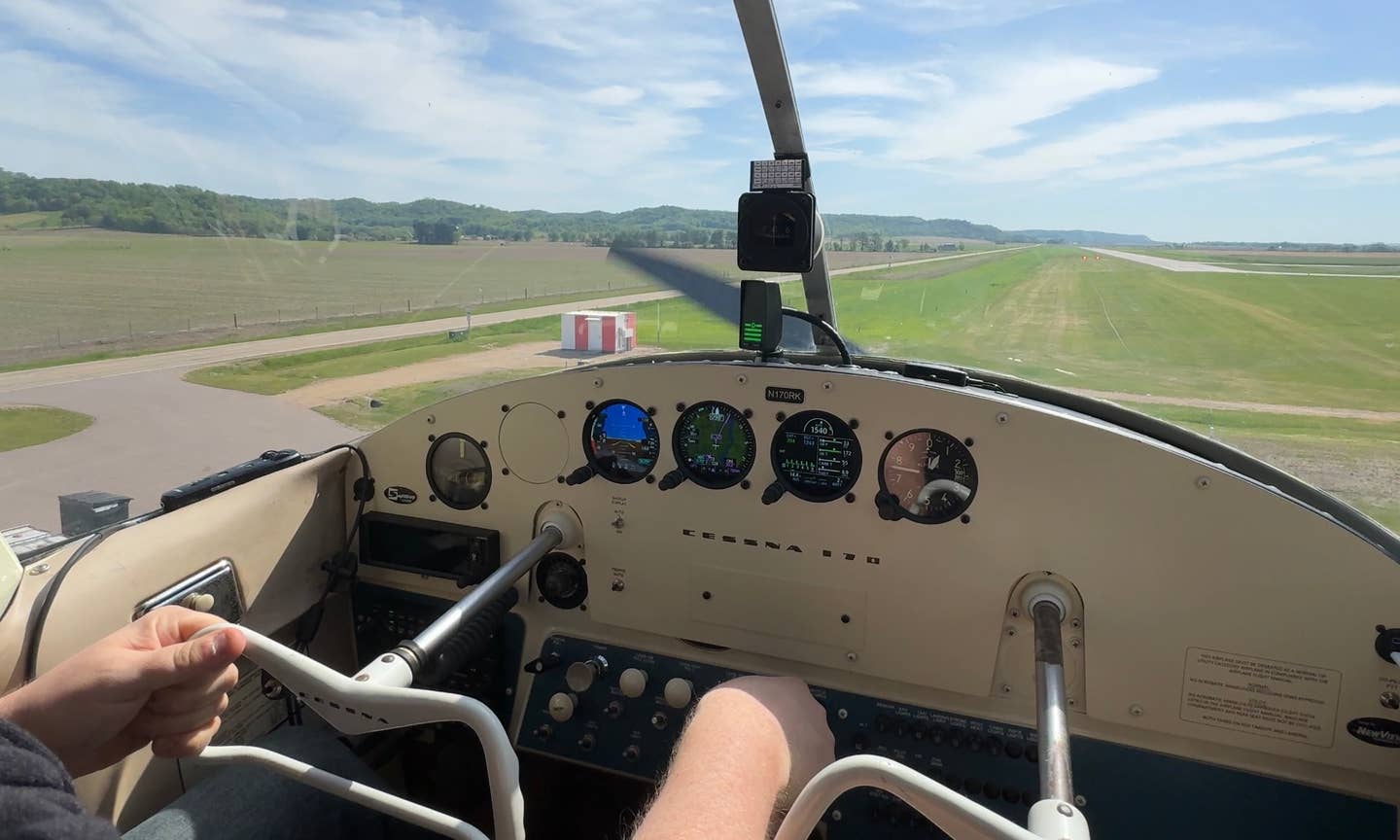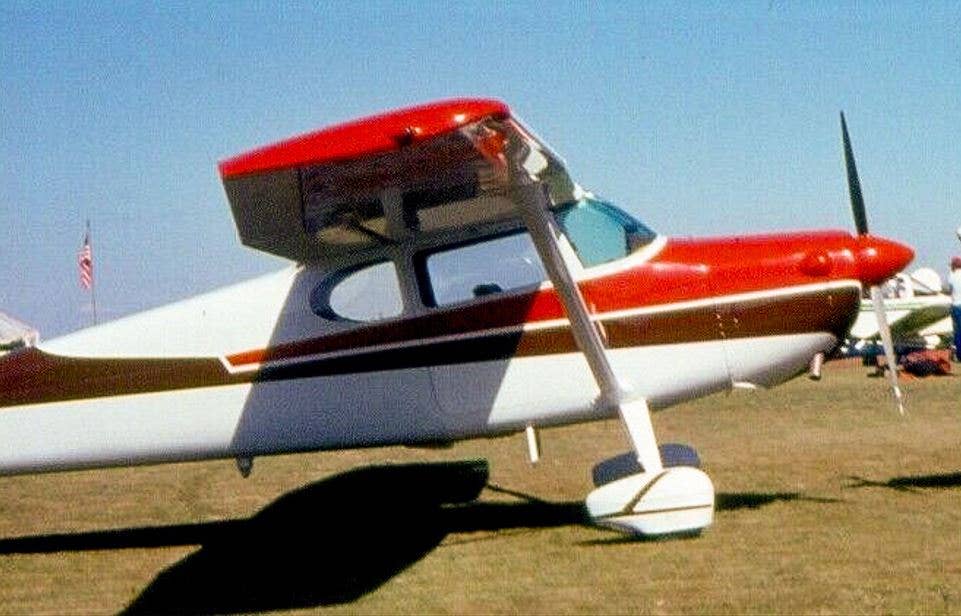Sometimes, Leaving More Things to Chance Can Be a Good Thing
While lots of us aviation types can be very analytical, for one couple, a bit less of a plan worked out well.
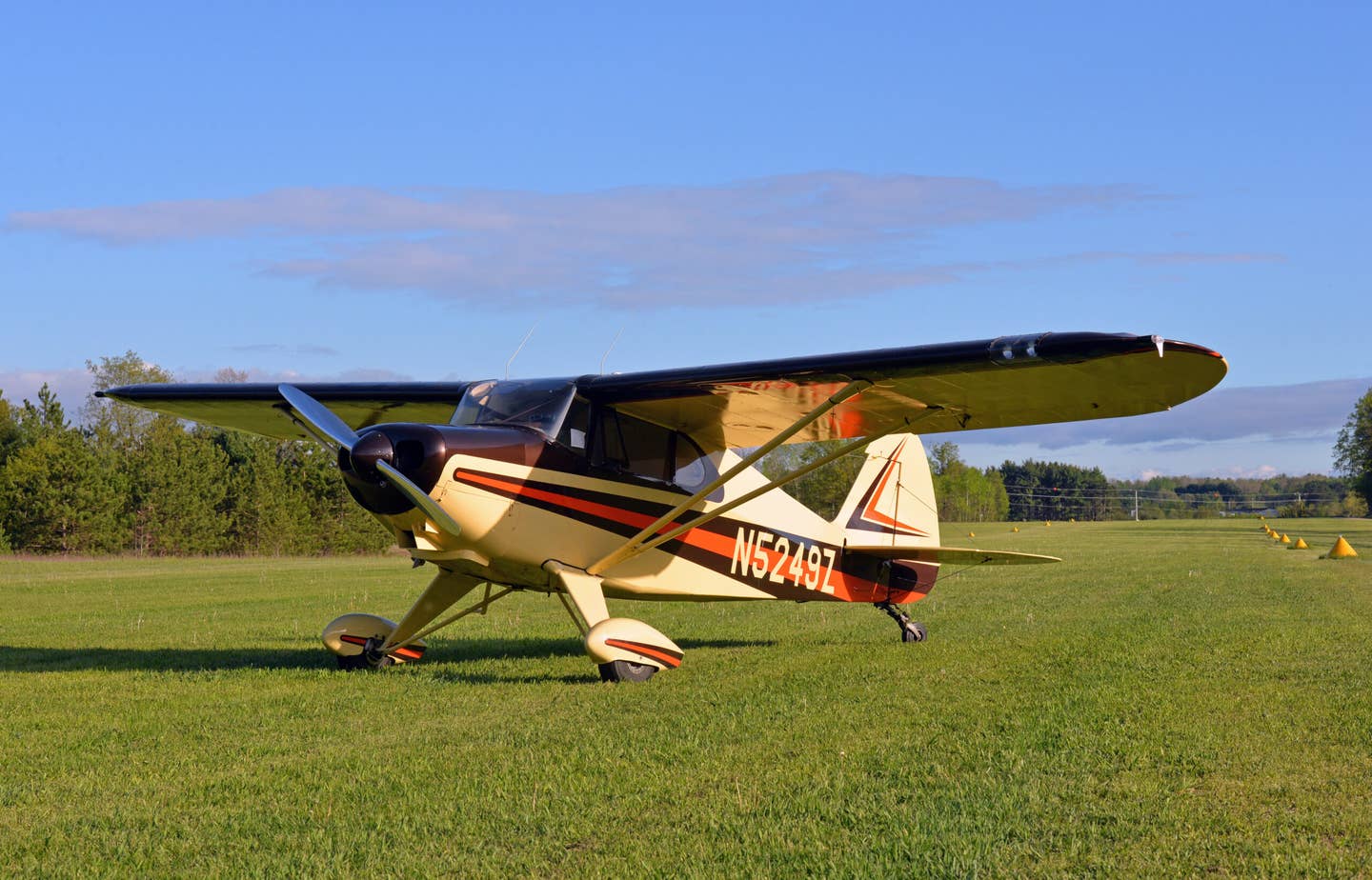
A husband and wife found this Piper Colt to be their perfect first airplane. [Photo: Jason McDowell]
We pilots are, for the most part, pretty analytical creatures. We love our data, we love our spreadsheets, and we love our charts. Most of all, we love to harness all of these things when shopping for our first airplane, carefully poring over and comparing all the specifications and performance data we can find.
My friends Marty and Emily are as technically minded as anyone. Both professional pilots, he is an aerial firefighter and she flies for a major airline. They track their budgets like professional accountants and carefully analyze any sizable household expenditures. But when the time came to start shopping for their first airplane, they did something many do not: they left a big part of the decision-making process open to chance, reasoning that they might not be able to predict exactly what make or model airplane might find them as they searched.
Sure, they had some general guidelines. They wanted to be able to toss a couple of bags into the back and head off for a weekend away together. They liked the idea of a tailwheel. And they certainly had a budget in mind. But beyond those things, they decided from the beginning that they’d remain open to unforeseen opportunities.
The first unforeseen opportunity came in the form of the airplane they would ultimately purchase, a 1961 Piper PA-22-108 Colt. This particular example had been converted into a taildragger, and thus, resembled a two-seat Piper Pacer. Marty happened to spot it listed on a major online classified site one day, and as it was located about four hours away from home via car, he contacted the seller right away.
They’d taken notice of the Piper Tri-Pacer and Colt family early on. Compared with many of the alternatives, the short-wing Pipers, as they’re known, offer impressive capability for the money. Fabric-covered over a tubular steel fuselage, they tend to have a larger useful load than many all-metal alternatives, parts are plentiful, and they have a vibrant and active following. As Marty and Emily learned more about this family of airplanes, they became more intrigued and put them on their short list of possibilities.
Spotting this newly found tailwheel example that sported a fantastic cream, brown, and orange paint scheme, Marty knew it would be a mistake to delay. Though it was 2018 and the used airplane market wasn’t quite the raging inferno that it is today, it was certainly beginning to smolder. He contacted the seller, and a few days later, the two of them were enjoying a demo flight in the airplane.
After the demo flight, Marty called Emily to report his findings. The airplane flew great. It appeared to be well cared for, and though a prepurchase inspection would be necessary, he saw no items of concern. As the Colt seemed to check most of their boxes, they decided to put a deposit down that day and finalized the sale several days later.
With the big decision and the purchase itself out of the way, they now had to tackle some logistics. Namely, they had to get checked out in the airplane and they had to get it from Ohio back to their home in Michigan. Simple though these items may seem on the surface, each involved some careful orchestration.
The insurance company, for example, required five hours in type. And although Marty did have his tailwheel endorsement, he didn’t have much tailwheel time. The time he did have was in more docile types, all fairly forgiving and easy to land.
The Colt, they came to learn, is a pretty short-coupled airplane. Originally built as a tricycle-gear airplane, it was now, in terms of ground handling, essentially a Piper Pacer. With a comparatively short fuselage, things happen quickly and the airplane demands correspondingly quick reflexes. If most other taildraggers handle like big sedans smoothly carving their way through highway off-ramps, the Colt handles more like a small two-door Jeep, a bit twitchy and more sensitive to small control inputs.
To learn the airplane, Marty found a flight instructor in Ohio and drove back down for some lessons. On a particularly gusty day, the two of them hammered out landing after landing, and Marty ultimately logged three hours of exhausting dual instruction. Still short of the required five hours in type, he elected to have the seller fly it up to Michigan for him, where he was able to fly another few hours with a local CFI and satisfy all the insurance requirements.
Despite being signed off and trained, Marty and Emily still found the airplane to be a bit intimidating to land. Not because they weren’t confident in their abilities, but simply because it was a completely new airplane for them and especially because it was their new pride and joy. They were keenly aware that they were simply temporary caretakers in the airplane’s long history, and they wanted to ensure they would someday pass it on to the next caretaker in as good or better condition.
Before long, they became comfortable in the Colt, and they were able to confirm their original predictions—it offered a great blend of strengths for the money. With 36 gallons of fuel capacity, they were able to take it on fairly long trips, easily flying about four hours with a healthy reserve. And despite having only two seats, there was ample space in back for some overnight bags.
Since purchasing it in 2018, they’ve used it to access a private airstrip in Michigan’s Upper Peninsula and have also taken it on trips to some surrounding states. Longer trips are the exception, though. By and large, the typical flight involves a quick jaunt over to nearby grass strips on nice days for landing practice.
This, Marty explains, is the most rewarding and addictive aspect of the airplane. Taildraggers are inherently more challenging to master than tricycle-gear airplanes, and the Colt is more challenging to master than many taildraggers. But with the challenge comes huge satisfaction when you get it right, and Marty lives for the days when he’s able to hammer out a great series of landings on a nice day.
Marty and Emily have flown an average of about 80 hours per year in the Colt, and they continue to find it rewarding to own and fly. Because it’s a small and relatively simple airplane, most upgrades and repairs are affordable, which motivates them to refresh or replace things as needed, without hesitation. They recognize this process is a necessary aspect of owning a 51-year-old airplane, so they try to have fun with it.
Thus far, they’ve made a fabric repair, replaced the windows, added shoulder harnesses, and addressed an exhaust leak. They’ve also had the propeller re-pitched, which increased the climb performance noticeably with only a small reduction in cruise speed. Marty has found that with each upgrade and repair, there’s a sense of satisfaction knowing that they’re helping to ensure the airplane will be in even better condition when it’s passed on to the next caretaker.
Overall, the first few years of ownership have been enjoyable. Neither Marty nor Emily has ever flown into EAA AirVenture at Oshkosh, so that’s on their short list of things to do. Otherwise, they plan to continue using the Colt for weekend trips and local pleasure flights, and unlike many first-time owners, they show few signs of “outgrowing” their first airplane anytime soon.
Looking back, their strategy worked well. Starting with a basic general idea of what they wanted out of an airplane, they kept those guidelines in mind while remaining open to new and unanticipated opportunities. In the end, they shopped with their brains and bought with their hearts. The result? An airplane that satisfies the mission requirements while putting a smile on their faces.

Subscribe to Our Newsletter
Get the latest FLYING stories delivered directly to your inbox

